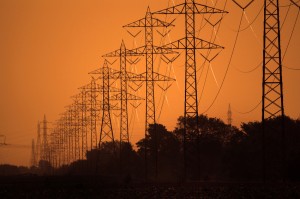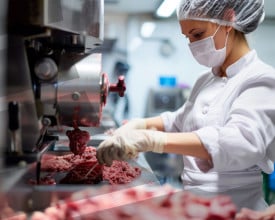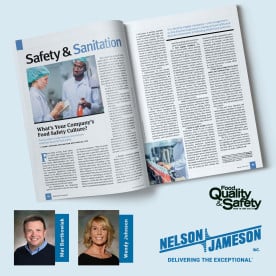 In the food industry, most of our focus is on the safe production, distribution, and sale of food items to the public. Many of us would not want to think about, more less focus on the details about where our unused products go, as we invest so much in the final product.
In the food industry, most of our focus is on the safe production, distribution, and sale of food items to the public. Many of us would not want to think about, more less focus on the details about where our unused products go, as we invest so much in the final product.
The Boston Globe recently highlighted that environmentally and economically, food waste is an important issue that has been heralding a good deal of attention. Several facilities are being built "as landmark regulations take effect next year to make Massachusetts the first state to ban hospitals, universities, hotels, and large restaurants — in all, about 1,700 big businesses and institutions — from discarding food waste in the trash."
"Efforts grow in Mass. to turn food waste into energy" examines the potential environmental impact of these facilities and the process of anaerobic digestion that will "convert methane from food into power that feeds into the region’s electrical grid. The methane, a potent greenhouse gas that contributes to global warming, is contained by the plants and not released into the atmosphere." This compares favorably to the economic realities of current disposal habits, including the creation and maintenance of landfills in the state, where disposal costs, "between $60 and $90 a ton, compared with a national average of about $45 a ton — and the fees are expected to rise as landfills fill up."
In addition to the numerous perceived benefits, the discussion has also brought forth some concerns, including from some of those that would be directly affected by the new regulations. Businesses like restaurants, grocery stores, food pantries, etc. question how they will store and transport waste safely so as not to compromise food safety issues.
As these regulations take shape, Massachusetts seems to be prone to be a very public cornerstone in shaping the future of this alternative energy source in the United States.
If you would like to learn more about anaerobic digestion click here for a useful resource; to take a look at the original article from The Boston Globe click here.





